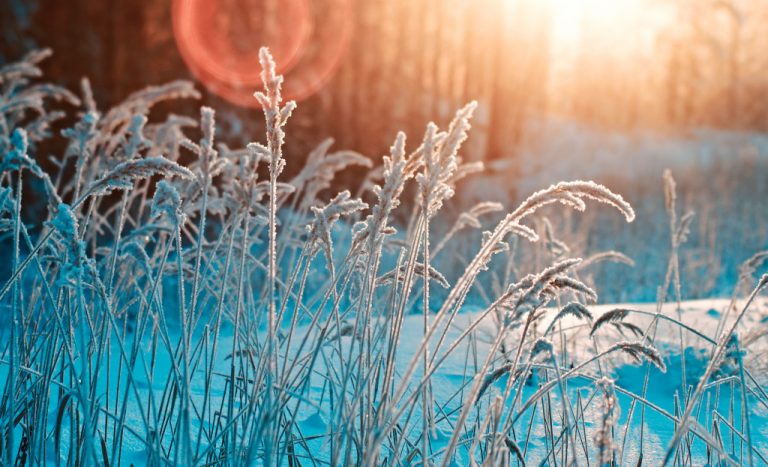Having a lively garden in your home can be an enriching experience for you and your family. It provides much-needed beauty and respite from the hustle and bustle of everyday life and having a garden also comes with a host of practical benefits.
One of the most obvious advantages of having a garden is that it increases your property’s value and aesthetic appeal. Research conducted by the National Gardening Association has revealed that landscaping can increase a property’s value by as much as 12%. Furthermore, studies have shown that homes surrounded by healthy gardens are more inviting to potential buyers due to their attractive appearance.
For many people, having a garden provides an opportunity to engage in stress-reducing activities like gardening or bird-watching. Spending time outdoors in nature has been proven to reduce cortisol levels, hormones released when you experience stress or anxiety. Research has found that exposure to green vegetation can improve mental health outcomes, including reducing symptoms of depression and anxiety.
In addition to providing mental health benefits, gardens are also great for physical well-being. Studies suggest that living close to green spaces can lead to improved physical fitness levels and reduced risk factors associated with cardiovascular disease. Plus, if you choose to grow your food in your garden, this has added nutritional benefits – fresh produce from your backyard is likely to be more nutrient dense than store-bought options.
The benefits of a garden at home are so clear. However, you need to take a few extra steps to protect your garden during winter. Winters can be brutal on plants, leaving them vulnerable to harsh weather conditions such as heavy snow, frost, and strong winds. Here are a few steps to help protect your crops in the winter.
Mulching
Mulch is one of the most effective ways to protect plants during winter. It acts as an insulator for the soil, helping keep it moist and comfortable. Mulch also helps to prevent soil erosion, reduces weeds, and prevents the leaching of essential minerals from the earth. In addition, mulch helps retain heat around plants so they can continue to photosynthesize and thrive despite colder temperatures.
Organic mulches such as straw, leaves, or grass clippings are beneficial in providing extra insulation around root systems when used underneath perennials like roses or fruit trees. The organic matter breaks down slowly over time, releasing nitrogen into the soil, which helps nourish the plants. A bonus of using organic mulch is that it will attract earthworms and other beneficial organisms, which help improve soil structure and fertility over time.
Inorganic mulches such as gravel, stone, or rubber can also be used – though they should be applied sparingly since they don’t provide many benefits beyond keeping weeds down. It’s important to note that these materials can be prone to shifting due to extreme weather conditions, so applying them after frost is best to avoid possible damage from shifting stones or gravel.
Trim Plants and Trees
One of the most important ways to protect your plants and trees in the winter is to trim them. Pruning reduces the amount of foliage exposed to cold temperatures, which helps protect the tender buds. It’s a good idea to prune any dead or diseased branches first, as they can become hazardous if left unchecked. Then, you can prune back any low-hanging branches vulnerable to ice and snow accumulation.
Weeds can also be a problem in the winter, as they can compete with your plants for nutrients and water. Hand-pulling weeds effectively control their spread, but it’s best to do this before winter sets in so that any remaining weed seeds don’t have time to germinate.
Fortunately, trimming and weeding are gardening tasks you would have to do, even if it is not winter. As a result, they don’t require any special equipment or additional work.
Winter Coverings

Investing in winter coverings such as row covers and cold frames may be a good idea for susceptible plants. These small greenhouses can provide extra insulation for your plants during the coldest months. Row covers are typically made from lightweight fabric and come in varying thicknesses, so you can choose one that suits your needs best. Cold frames are more permanent structures that tend to be larger than row covers and provide more protection against extreme temperatures. However, they can be expensive to build and maintain, so they should only be used if necessary to protect your plants.
If the cold weather is constant in your area, you might have to get winter greenhouse installation services for your garden. A greenhouse will provide the plants with extra protection and allow you to enjoy gardening throughout the winter months.
Finally, make sure to water your plants appropriately during the winter months. Plants need regular hydration even when it’s cold outside, so check in regularly. If you can avoid frost damage, your plants are more likely to survive through the winter and thrive again come springtime.
Final Thoughts
By following these steps and taking extra precautions, your garden will stay healthy and beautiful all year round! Enjoy all of its benefits without worrying about harsh weather conditions. Happy Gardening!






